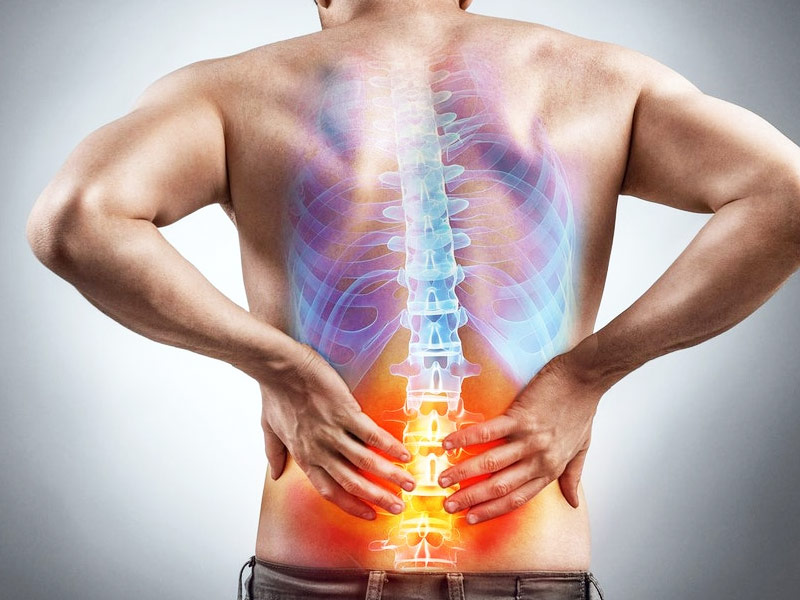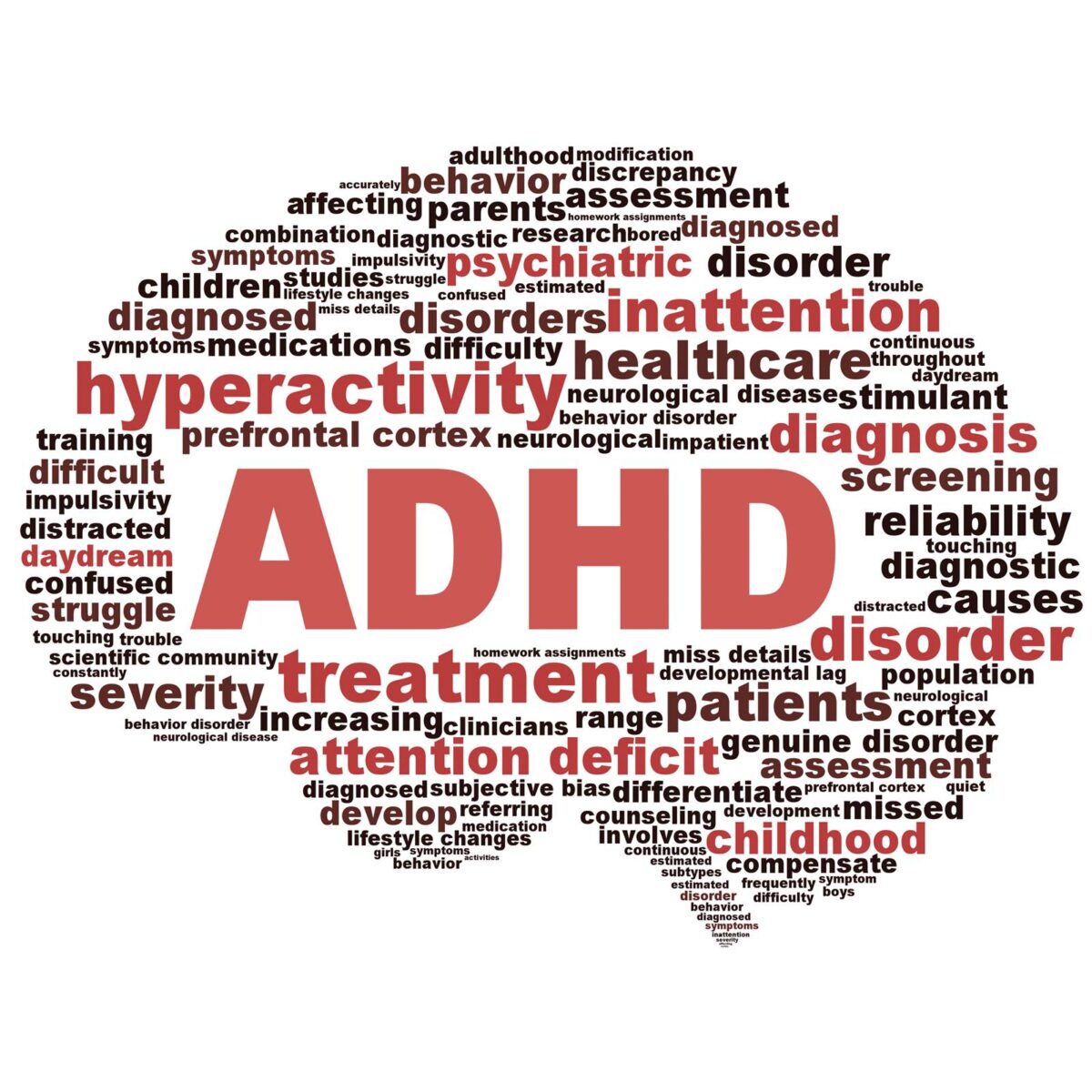First of all,
Everyone has felt pain, which is a complicated and varied emotion. It serves as a warning indicator, alerting us to potential problems and causing us to take preventative measures. Even though it’s prevalent, pain is a complex emotion that involves more than just physical discomfort. An intriguing interplay of biological, psychological, and social factors that affects how we perceive and experience discomfort can be found when looking at the anatomy of pain. In this essay, we will look at the physiological causes, psychological characteristics, and societal implications of pain in order to gain a better understanding of it.
The Physiological Mechanisms of Pain:
In essence, pain is a neural system-regulated physiological response. When tissue damage or injury occurs, specialized nerve endings called nociceptors identify potentially harmful stimuli like heat, pressure, or chemicals. These nociceptors initiate a cascade of neurological events that culminate in the perception of pain by sending signals to the brain and spinal cord.
Two of the brain areas implicated in the perception of pain are the somatosensory cortex, which interprets sensory information, and the limbic system, which regulates emotions and memories. Moreover, the regulation of pain perception is facilitated by neurotransmitters such as serotonin, dopamine, and endorphins, indicating the intricate interplay between biological and neurological elements.
Furthermore, chronic pain, which is characterized as ongoing suffering that persists longer than the normal healing period, is associated with complex neuroplastic changes in the nervous system. Maladaptive plasticity can lead to an increased sensitivity to pain cues, which can exacerbate pain and perpetuate the cycle of chronic pain.
The Psychological Aspects of Pain:
In addition to its physiological roots, psychological factors also play a significant role in pain. Past experiences, emotions, beliefs, and cognitive processes can all have a significant impact on how someone perceives and reacts to pain. The biopsychosocial model of pain emphasizes the interaction of biological, psychological, and social elements in characterizing the pain experience.
Examples of cognitive factors that can either raise or diminish the sense of pain include attention, expectation, and appraisal. While negative coping strategies like catastrophizing—increasing the threat value of pain—may worsen discomfort, positive coping strategies like mindfulness and cognitive reappraisal can alleviate suffering.
Stress, hopelessness, and anxiety are a few emotional components that are closely related to suffering. Prolonged stress can cause dysregulation of the hypothalamic-pituitary-adrenal axis, which can lead to increased sensitivity to pain and inflammation. Moreover, mood disorders have the power to amplify the experience of pain, creating a vicious cycle of emotional and physical suffering.
Attitudes and ideas about pain also have an impact on how it is perceived and managed. Cultural, societal, and familial norms influence people’s expectations and responses to pain, which affects their willingness to seek therapy and adhere to treatment plans. It is necessary to address maladaptive ideas and advance a biopsychosocial understanding of pain in order to improve the outcomes of pain therapy.
Beyond its impact on individuals,
Pain has social ramifications. Rules, cultural narratives, and healthcare systems are all impacted. Pain is still measured and treated differently in every demographic group, and poor people often face barriers to accessing high-quality care.
The opioid crisis emphasizes the complex link that exists between addiction, public health, and pain management. A high prevalence of abuse, addiction, and overdose deaths has resulted from the overuse of opioid medications for pain management. To address the opioid issue, a multimodal approach that finds a balance between effective pain management techniques and strategies to lessen opioid-related harms is required.
Furthermore, the stigma attached to invisible illnesses and chronic pain can exacerbate patients’ suffering by undermining their credibility and social support networks. It takes patient-centered care advocates, empathy-builders, and healthcare professionals to destroy stigmatizing attitudes about chronic pain.
In conclusion,
The anatomy of pain is far more intricate than basic physiological perceptions. It involves an intricate web of biological, psychological, and social factors that affect our perception, emotions, and coping mechanisms when faced with discomfort. If we have a greater grasp of the complexity of pain, we can develop more comprehensive techniques for pain assessment, management, and prevention. It takes interdisciplinary collaboration and navigating the difficult terrain of suffering to develop comprehensive well-being for both individuals and communities. Empathy, compassion, and empathy are some of these attributes.









